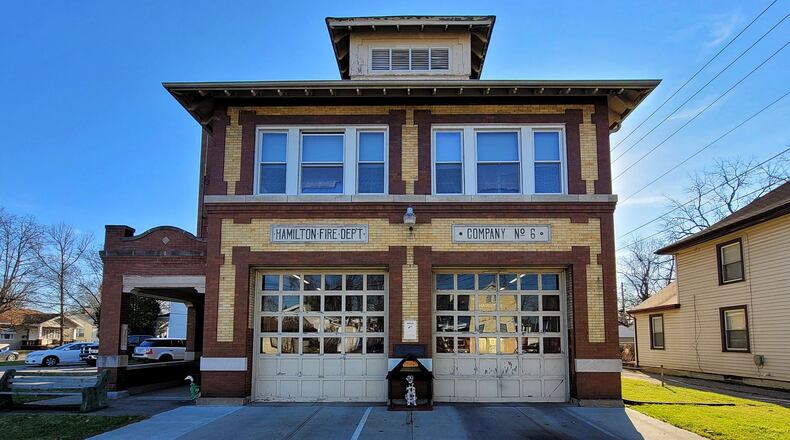The city’s largest ARPA expenditure is a $10 million allocation toward building a new justice center, which will house the Hamilton Police Department and the Hamilton Municipal Court. City officials said the project would likely need additional funding, but is necessary to eliminate inefficiencies.
Hamilton Director of Public Safety Scott Scrimizzi said co-locating the police and the courts in a site specifically designed for their purposes has been an interest for the city for decades. He noted it would eliminate inefficiencies and save money.
$7 million: North Hamilton Crossing
In its second largest expense, the city will use $7 million of its ARPA allocation to fund the “North Hamilton Crossing” — a bridge across the Miami River near the Spooky Nook campus to provide additional river crossings, which officials said should alleviate congestion on local roads, increase mobility for drivers, pedestrians and bicyclists.
The project, still in its planning stages, is years away from completion, and will need significantly more funding in addition to the $7 million ARPA allocation.
$3.9 million: Community Improvement Corporation grants; hotel, business development, Little League facility improvement
The city also put $3.9 million into its Community Improvement Corp. (CIC) for three separate projects. The largest of the three went toward the ongoing renovation of the historic Anthony Wayne building at 10 S. Monument Ave. The city routed $3 million through the CIC, which then handed developers a $2 million grant and a $1 million dollar loan to turn the apartment building into a boutique hotel.
Another $600,000 grant from the CIC went to restore the former Roemer Hardware building on Pleasant Avenue for a future sale, with the hopes of bringing in new, attractive business into the Lindenwald business district. The CIC also allocated $300,000 to go toward facility upgrades for the West Side Little League.
$4.6 million: Fire stations
ARPA funds are also being directed toward the city’s fire stations, including a $4 million investment into a brand new building for Fire Station 26, which is currently located along Laurel Avenue. Another $636,000 will be distributed for “fire station improvements,” according to city documents.
$2.3 million: Economic development; 250 new apartments at Beckett Paper site, new rowing facility along river
The city also used about $1.5 million in ARPA funds to acquire the abandoned Beckett Paper site, which the city hopes will soon be turned into 250 new apartments on the corner of MLK Jr. boulevard and Heaton Street after an agreement with a developer.
ARPA funds will also bring a new recreational attraction, as the city matched a $750,000 investment toward the Great Miami Rowing Center’s plan to build a $6.5 million mixed-use development, set to include a new boathouse and training center.
$5.8 million: Infrastructure, bike path
Much of the rest of the city’s ARPA funds were directed toward infrastructure improvements, including $2.2 million in stormwater system improvements; $1.2 million in road improvements for South B Street; $1.3 million in general infrastructure improvements; $835,000 in water main projects; and $250,000 toward an outer-belt bike path circling the city.
Federal guidelines mandate that municipalities formally allocate the entirety of their ARPA funds by the end of 2024, and spend the entirety of those funds by the end of 2026.
Editor’s Note: This story is part of a Journal-News series tracking how dozens of our area’s largest governments are spending hundreds of millions of dollars combined from the American Rescue Plan Act of 2021. Visit our “Billions in COVID aid: Where it’s going” special section on our partner newspaper’s website at daytondailynews.com/investigations/billions-in-covid-aid to see summaries from other communities.


